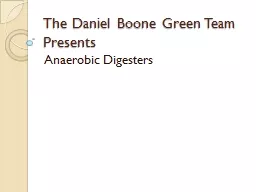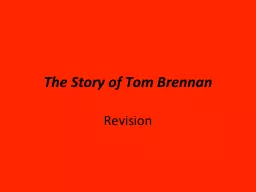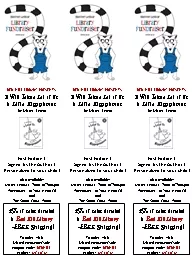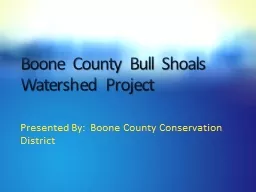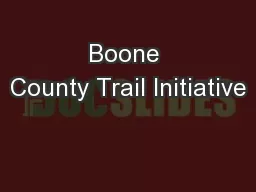PPT-The Daniel Boone Green Team Presents
Author : ellena-manuel | Published Date : 2016-03-21
Anaerobic Digesters PA Outlook PA is 12 in total a nimal waste 22 million tons Cattle waste is 82 30 Gal of Manure per cow per day Two100Watt Bulbs for 24
Presentation Embed Code
Download Presentation
Download Presentation The PPT/PDF document "The Daniel Boone Green Team Presents" is the property of its rightful owner. Permission is granted to download and print the materials on this website for personal, non-commercial use only, and to display it on your personal computer provided you do not modify the materials and that you retain all copyright notices contained in the materials. By downloading content from our website, you accept the terms of this agreement.
The Daniel Boone Green Team Presents: Transcript
Download Rules Of Document
"The Daniel Boone Green Team Presents"The content belongs to its owner. You may download and print it for personal use, without modification, and keep all copyright notices. By downloading, you agree to these terms.
Related Documents

